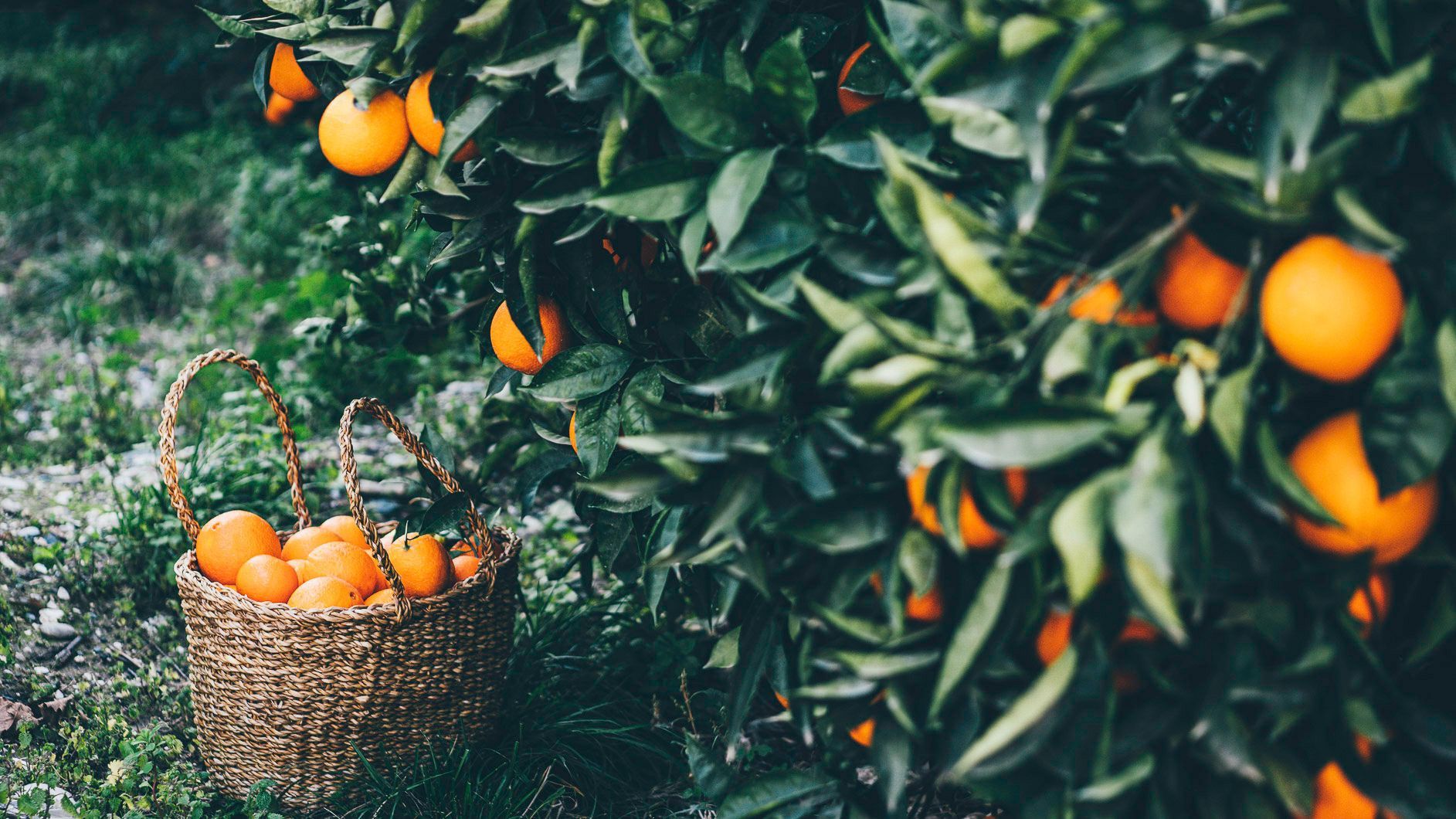Have you ever sat in a meeting where the circumstances of a slip, trip or fall related injury was described and you thought, that’s random?
Slips, trips, and falls are generally “accidents” and can result in outcomes ranging from minor cuts, bruises and sprains to serious injuries such as breaks, spinal injuries or traumatic brain injuries.
However, the most recent data from Safe Work Australia demonstrates they aren’t random at all. In fact, slips, trips and falls equate to almost 22% of serious work-related injury and illness claims in Australia. Furthermore, falls from a height made up 15% (29) of workplace fatalities in Australia, according to a release by Safe Work Australia in September 2024.
These statistics while shocking, also help to provide trends in relation to these incidences, which helps employers to implement preventative action through training, procedures and creating a culture of care and awareness on-site.
Cameron Cranstoun, HSE Manager at Acclaimed Workforce, reviews every incident report and says, “Injuries relating to slips, trips and falls are often caused when people are rushing, not concentrating, or slips on wet surfaces or tripping over clutter.”
Examples may include stepping on a hose, tripping over a pallet, or slipping on a spill on the floor that no one has cleaned up at the time. It is also common also for office workers to trip when in warehouses or manufacturing areas, or simply in a kitchen because they aren’t wearing appropriate footwear.
Thankfully an injured employee often provides a lot of detail from which we can learn and start to see patterns emerge, primarily because they are invested in prevent the same thing happening to others, Cameron explains. “This is not to say that some incidences would be impossible to prevent, but so many can be.”
Proactively preventing slips, trips and falls
Workplace safety starts and ends with an organisational commitment that is championed by leaders and supervisors. However, it is a collective effort, and every person needs to play a role.
Effective employee inductions, training and modelling safety principles in the workplace plays a key role in this, as do regular forums such as training or toolbox talks, not just so key messages can be reinforced but to allow employees to make suggestions for improvement.
To prevent slips, trips and falls on the way to work, while working, or during breaks:
- Be aware of your surroundings
- Clean up as you go (spills need to be cleaned up straight away)
- Use signage when the floor is still wet
- Place rubbish in the correct bin as you go so there is no build-up of waste
- Report spills or hazards to a supervisor
- Wear appropriate PPE while at work
- Follow processes and procedures on site
- Follow signage on site and stick to designated walkways
- Walk around objects, don’t step over them
- Put items, products or equipment in their correct place
All employees should know how to report incidences or behaviours that may lead to accidents and ideally are recognised for highlighting risks and improving safety.
To learn more about Acclaimed’s workforce management services,contact us today.



